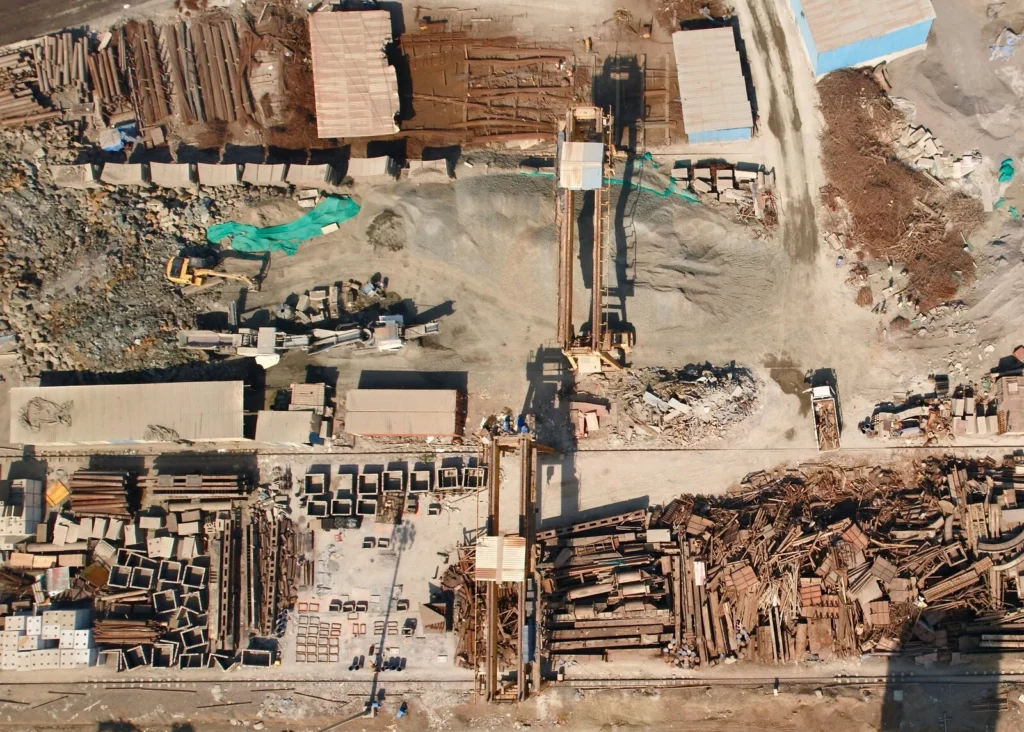
The global shift to clean energy is creating extraordinary demand for metals — and recycling is fast becoming the key to meeting that demand while cutting emissions and securing supply.
Recycling ‘energy-transition metals’ – or metals from batteries, electric vehicles and renewable-energy products offers abundant growth potential. The structure of secondary supply chains must evolve, driven by policy that stimulates domestic processing and consumption. We expect vertical integration in key growth markets as manufacturers seek supply security but this will come at a price. Scrap revolution is coming. Extraordinary demand growth for energy-transition metals will underpin significant investment in recycling. There are many barriers to overcome but the opportunities are vast. So, what’s driving the renewed focus on recycling metals? Several catalysts will underpin a prolonged surge in investment in recycled metal: Primary metal supply constraints: The energy transition will be built on electrification, relying on technologies that are profoundly metals-intensive. Recycling will help alleviate primary supply constraints. Carbon emissions, sustainability, and a preference for secondary sources: Steel and aluminium combined account for almost 10% of global emissions. Secondary aluminium production typically has a five- to 25-times lower carbon footprint than primary production. For steel, emissions are often halved by using scrap. Recycling also keeps reusable materials out of landfills. Security of metal supply: Geopolitical instability and the reliance on China for critical minerals have become major concerns in the United States and the European Union, among other places. The use of domestically sourced recycled metal will help reduce reliance on imports or single sources.

